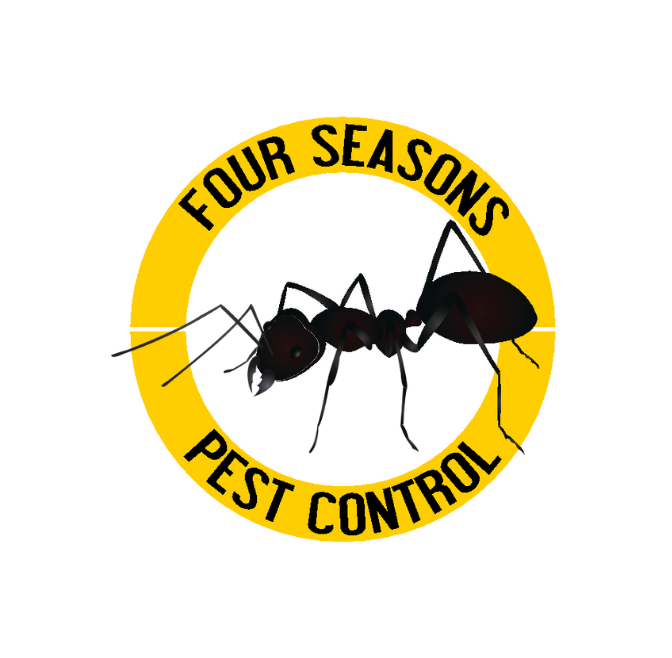Termite Bait System
Effective Termite Management
The termite bait system is a great option for termite management. The stations typically consist of durable housing, often made of plastic or metal, that encloses cellulose material. Cellulose is a preferred food source for termites, making it an effective bait.
The process starts with a thorough inspection of the property and taking measurements. On installation day, our technician will install the termite bait and interceptor system in the ground around the structure’s exterior. These stations are typically every 6 to 8 feet along the foundation.
Inside, each bait station contains a cellulose material (e.g., wood, paper or both) that is highly attractive to termites. Termites discover the bait stations while foraging for food. As they consume the bait, they carry it back to the colony and share it with other members, including the queen.
Once ingested these materials are lethal to termites. As the bait spreads throughout the colony, it disrupts the termites’ normal functions, eventually leading to colony elimination.
A Matter of Time
The bait takes effect over time, gradually reducing the colony’s size. The goal is to eliminate the entire colony, including the queen, thereby preventing further structural termite damage.
The interceptor aspect of the system involves intercepting foraging termites before they can reach the structure.
Regular monitoring and maintenance of bait stations are essential to ensure their effectiveness. Pest professionals inspect bait stations a few times a year. The technician assesses termite activity during the inspections as well as replenishing bait and replacing damaged stations.
Termite bait stations are an effective and environmentally friendly method for controlling termites. They offer a targeted approach that minimizes the need for widespread chemical applications. The bait system is also a great proactive approach to termite prevention, eliminating entire termite colonies.
Professional pest control companies have access to specialized equipment. If you’re dealing with a significant termite infestation or want peace of mind for your home, give Four Seasons Pest Control a call for a free quote.
Contact Us
What is the Difference Between a Termite Bait System vs Liquid Treatment?
Termite Bait Stations: Termites discover the bait stations while foraging for food. They feed on the cellulose material contained in the station. They carry this back to the colony to share with other members, including the queen. Over time, this leads to colony elimination.
Liquid Treatment: When termite come into contact with treated soil, the liquid termiticides either repel termites upon contact or kill termites upon contact.
Is my Home Eligible for a Termite Bait System?
Determining whether your home is eligible for a termite bait system depends on several factors. Construction type, whether an active infection or not, soil type, and environmental factors.
A pest professional can assess all of these based on a termite inspection.
Do I Need a Liquid Treatment as well as a Bait System?
Typically, we would say no however you may need a liquid treatment in addition to a bait system. This would depend on various factors such as the severity of infestation, construction type, past issues, and what was found during a termite inspeciton.
Is the Bait System Harmful to Animals?
Termite bait systems are designed to specifically target termites. They are considered low in toxicity to humans and non-target animals when used according to label instructions.
Can I DIY a Bait System?
Yes, however, even though DIY termite bait stations may be cost-effective, they may not be as effective or reliable as a professional-grade bait system.
